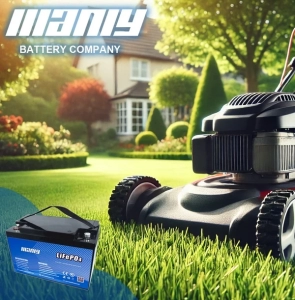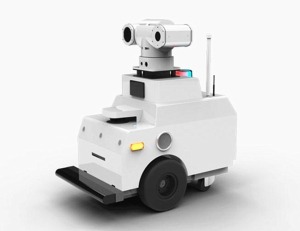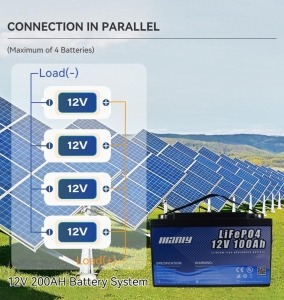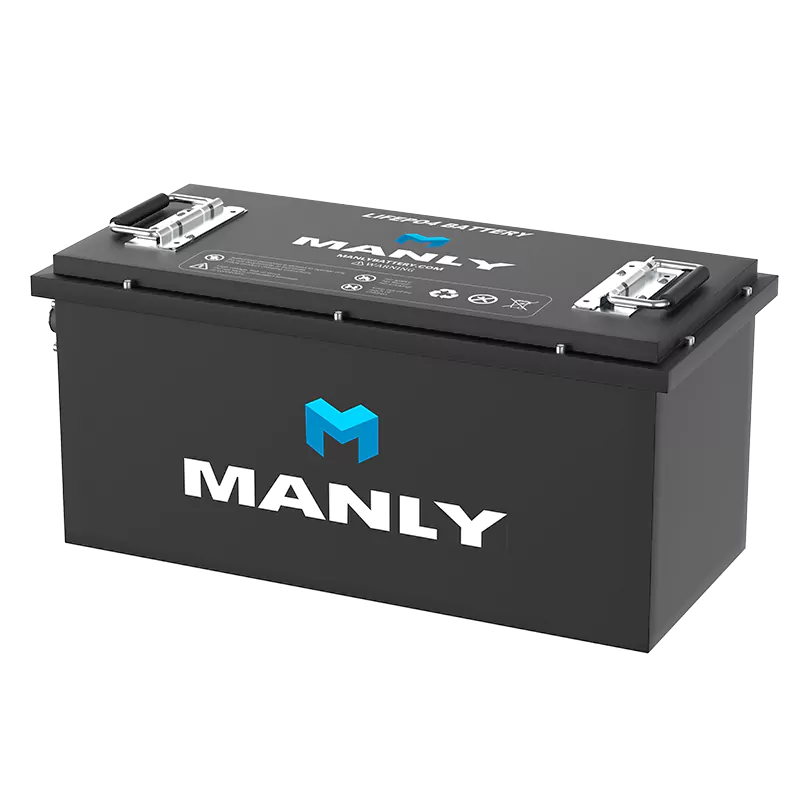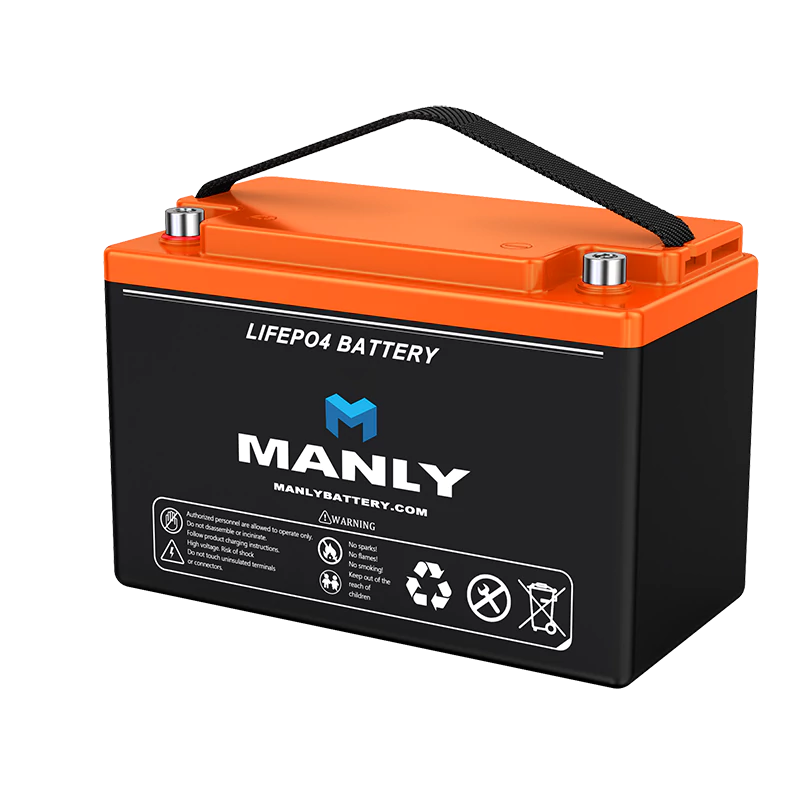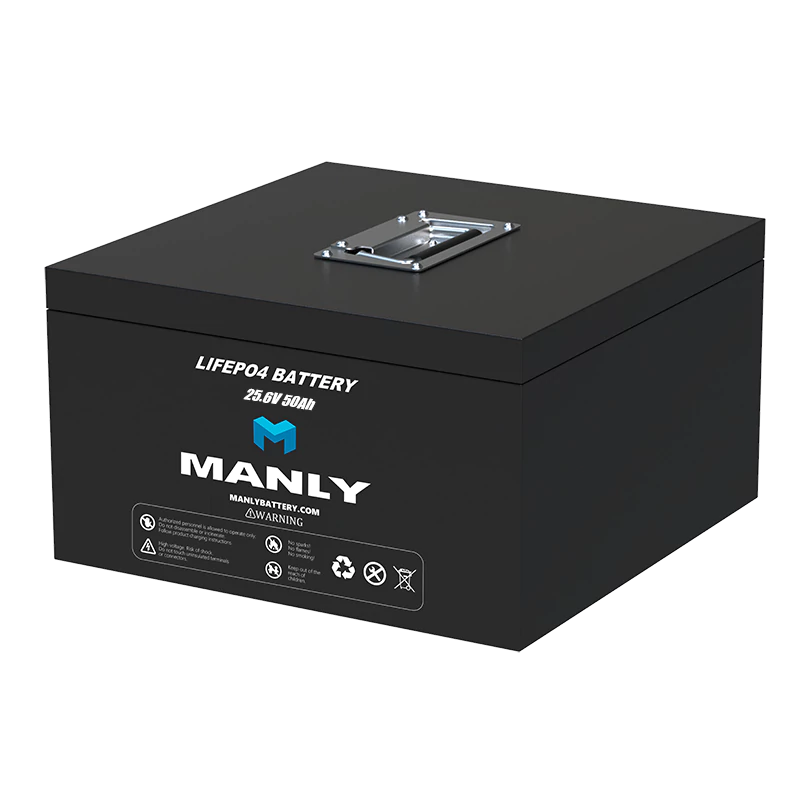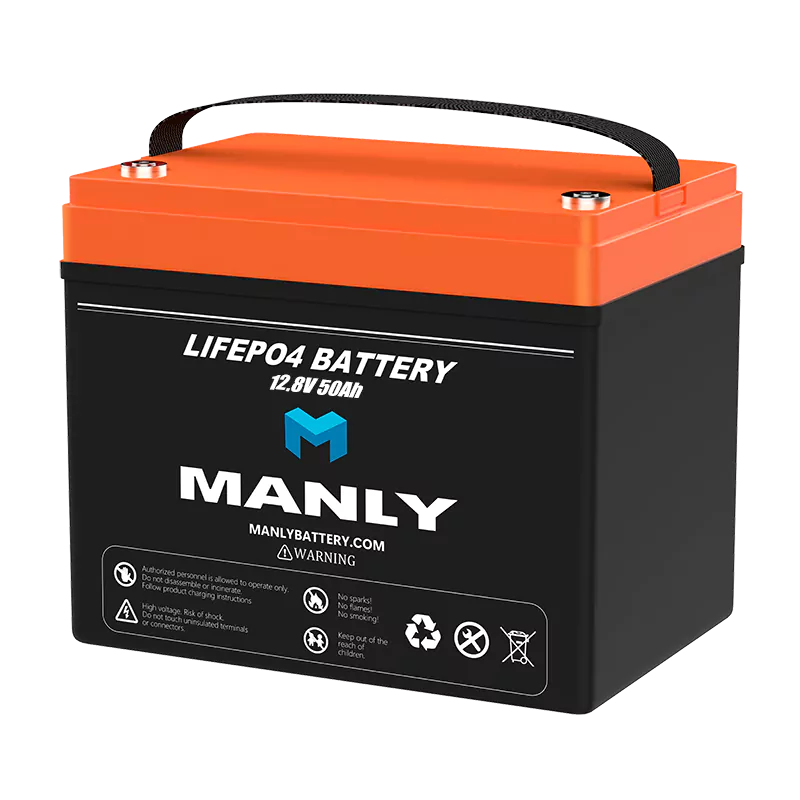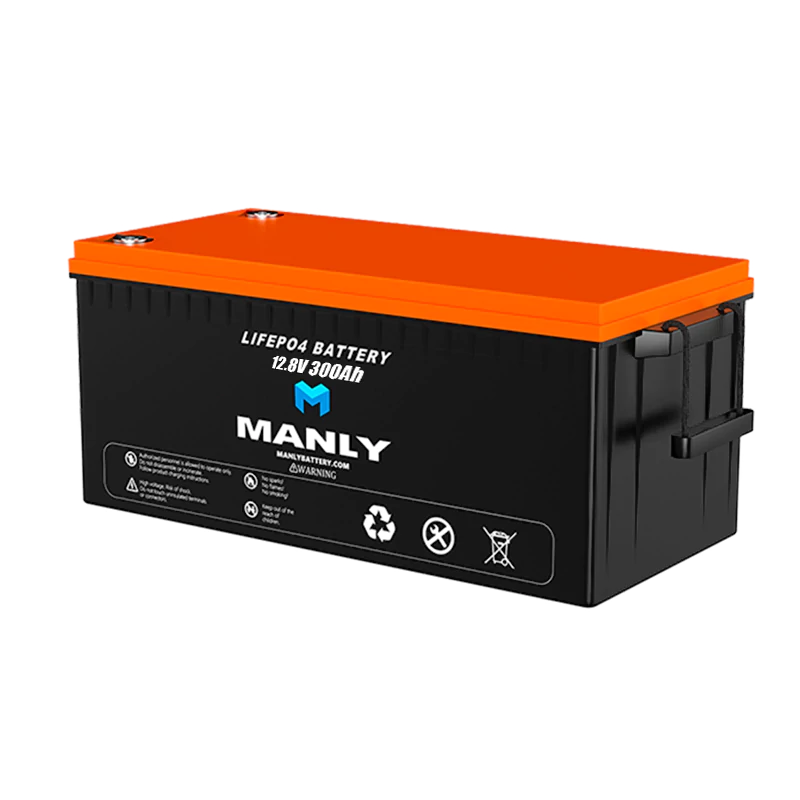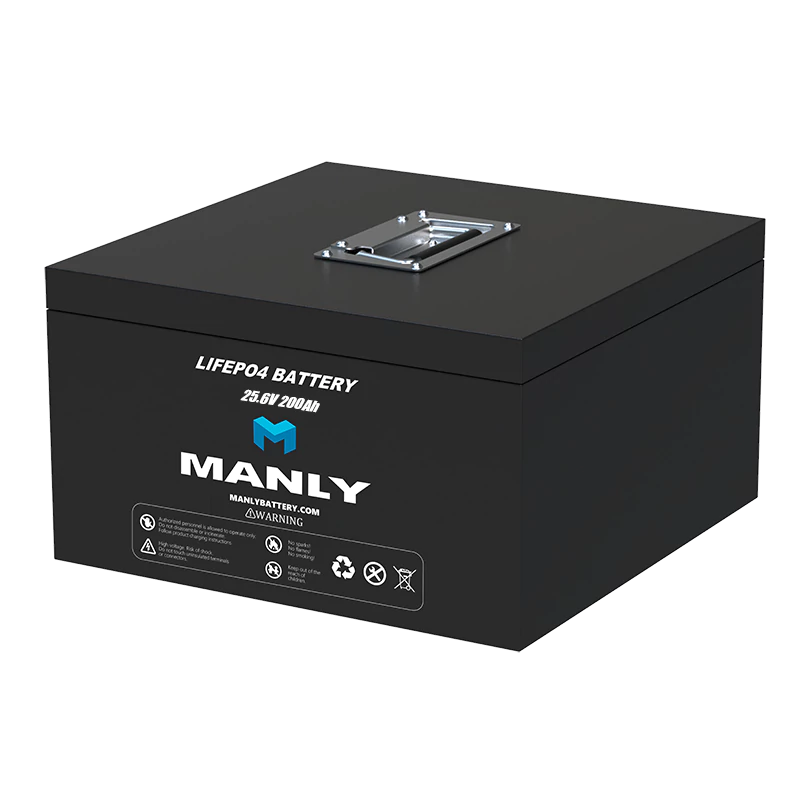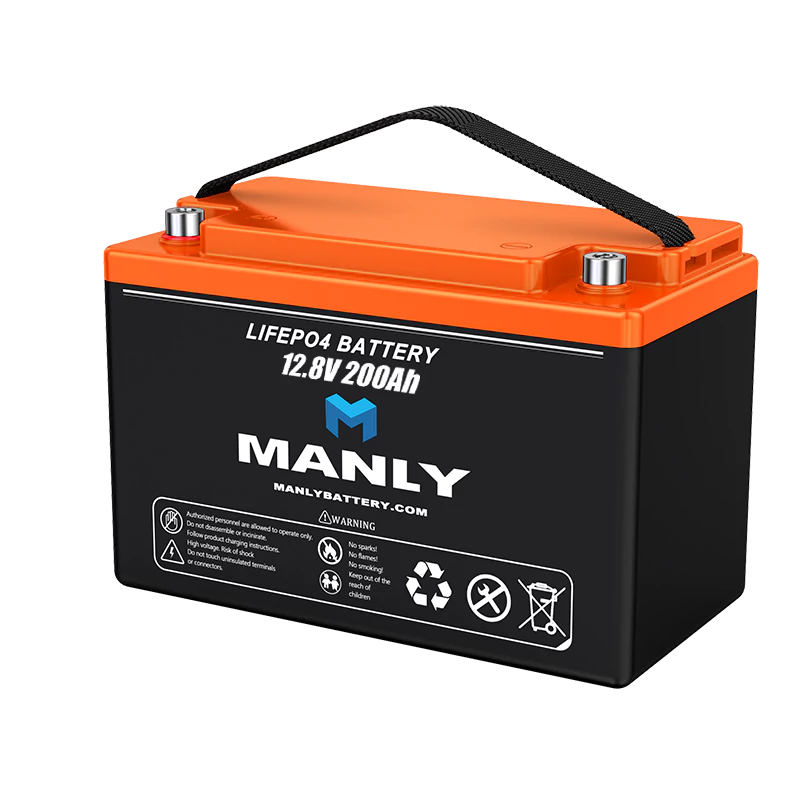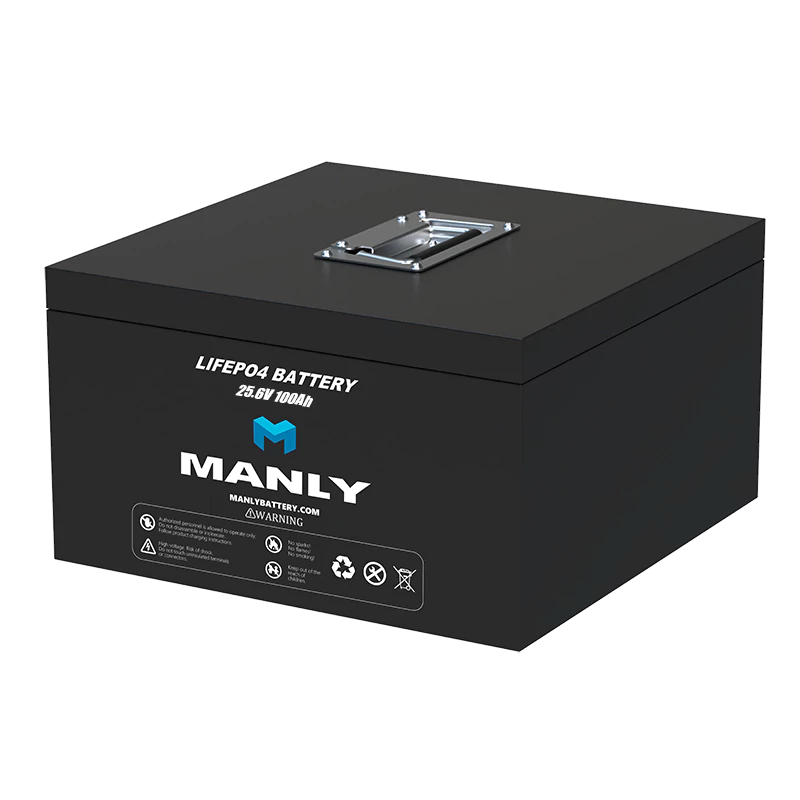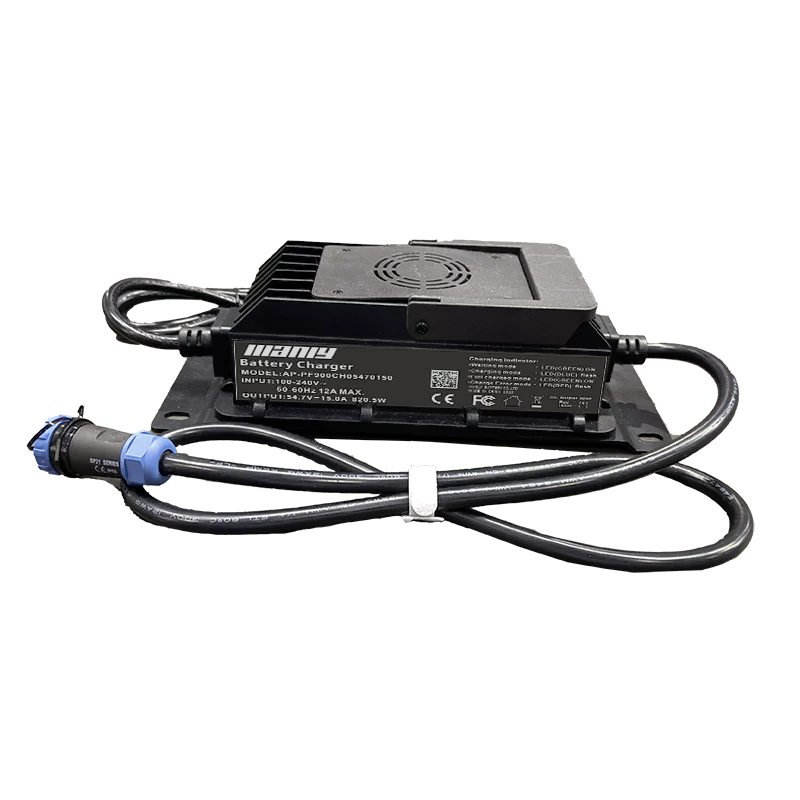How Many Lithium Batteries to Supply a 5KW Inverter
Table of Contents
- How Many Lithium Batteries to Supply a 5KW Inverter
- Role of Lithium Batteries in Solar Power Systems
- How to Calculate the Number of Lithium Batteries Needed
- Factors Affecting Battery Usage
- Battery Bank Configuration for a 5KW Inverter
- Advantages of Lithium Batteries for Solar Systems
- How Many Solar Batteries Do I Need for 12 Hours of Power (5000W Inverter)?
- Conclusion
- Learn More About Battery
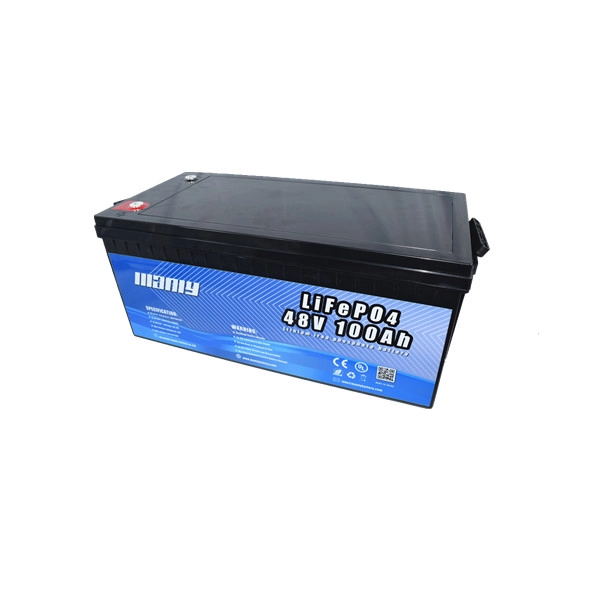
Role of Lithium Batteries in Solar Power Systems
In a solar power setup, the lithium batteries act as the intermediary between the solar panels and the home’s electrical system. During the day, when the sun is shining, solar panels generate electricity, but energy demand is often higher in the evening when sunlight is no longer available. The batteries store the energy generated during the day for use at night. Lithium batteries are ideal for this purpose because they have a high energy density, meaning they can store more power in a smaller space compared to traditional lead-acid batteries.How to Calculate the Number of Lithium Batteries Needed
To determine how many lithium batteries are needed for a 5kw inverter, you must first understand the relationship between power (watts), voltage (volts), and current (amps). The power formula is: Watts = Volts × AmpsFor example, a 5000W inverter running on a 48V system requires about 104 amps (5000 watts ÷ 48 volts = 104 amps). If you plan to run the system continuously for one hour, you will need lithium batteries that can supply at least this amount of current.Step 1: Determine the System's Voltage
Most 5kw inverters are designed to operate at 48V because this voltage is more efficient for larger power demands. A 48V system reduces the number of lithium batteries required compared to a 12V or 24V system.Step 2: Calculate the Amp-Hours (Ah) Needed
Once you know the voltage, the next step is to calculate how many amp-hours (Ah) your batteries need to supply. This depends on how long you plan to run your system on battery power. For example, if you plan to run the inverter for four hours, the calculation would look like this:5000 watts × 4 hours = 20,000 watt-hours 20,000 watt-hours ÷ 48 volts = 416.67 AhThis means you would need lithium batteries that can provide at least 416.67 amp-hours of capacity for four hours of continuous use.Step 3: Choose the Right Battery Size
Let’s assume you're using a 48v 200Ah lithium battery. To supply the required 416.67Ah, you would need at least three of these batteries. The formula for this is:Total number of batteries = Required Ah ÷ Battery AhIn this case: 416.67 Ah ÷ 200 Ah = 2.08 batteriesSince you cannot use a fraction of a battery, you would need at least three lithium batteries to meet the demand of your 5kw inverter for four hours.Factors Affecting Battery Usage
Several factors can influence how many lithium batteries you need. These include the inverter’s efficiency, the type of appliances you are powering, and the depth of discharge (DoD) of the batteries. Lithium batteries generally have a higher DoD compared to lead-acid batteries, meaning they can safely be discharged up to 80% of their total capacity without damage. This feature makes lithium batteries a more reliable and efficient choice for solar power systems.Inverter Efficiency
The inverter’s efficiency determines how much energy is lost during the conversion from DC (direct current) to AC (alternating current). A highly efficient inverter will require fewer batteries to store the same amount of energy.Appliance Power Demand
If you are powering energy-hungry devices like refrigerators or air conditioners, you will need more lithium batteries than if you are powering lights and small electronics. Devices with high peak power demands, such as electric motors, can briefly require more power than their rated wattage during startup, so it’s important to account for this when calculating the number of batteries.Battery Bank Configuration for a 5KW Inverter
When setting up a battery bank to power a 5kw solar inverter, it’s essential to understand how to arrange the lithium batteries to achieve the necessary system voltage and capacity. Most 5kw inverters operate on 48V systems, which means you’ll need to configure your battery bank to match this voltage.Series vs. Parallel Connections
There are two primary ways to connect lithium batteries in a solar power system: series and parallel. The choice between these configurations depends on whether you need to increase the system’s voltage or capacity.- Series connection: Connecting batteries in series increases the voltage while keeping the capacity (amp-hours) the same. For example, connecting four 12V, 100Ah lithium batteries in series will result in a 48V system with a 100Ah capacity. This is ideal for a 48V inverter like the 5kw model.
- Parallel connection: Connecting batteries in parallel increases the capacity (amp-hours) while keeping the voltage the same. For instance, if you connect four 48V 100Ah batteries in parallel, you’ll have a 48V system with a 400Ah capacity. This is useful when you need to extend the runtime of your system.
Advantages of Lithium Batteries for Solar Systems
Lithium batteries offer several advantages over traditional lead-acid batteries, making them the ideal choice for solar power systems, especially those using a 5000W inverter. Some key benefits include:- Higher Energy Density: Lithium batteries can store more energy in a smaller space, which is critical when space is limited.
- Longer Lifespan: Lithium batteries typically last longer than lead-acid batteries, with some models capable of lasting up to 10 years or more with proper care.
- Faster Charging: Lithium batteries can be charged much faster than lead-acid alternatives, which is beneficial when maximizing the use of solar energy.
- Higher Depth of Discharge (DoD): Lithium batteries can safely discharge up to 80% of their capacity, whereas lead-acid batteries are limited to around 50%, allowing for more efficient use of stored energy.
- Low Maintenance: Unlike lead-acid batteries, lithium batteries do not require regular maintenance, such as adding water or cleaning terminals.
How Many Solar Batteries Do I Need for 12 Hours of Power (5000W Inverter)?
The number of lithium batteries to supply a 5kw inverter depends on your energy usage and the duration you want the system to run on battery power alone. A basic calculation, as mentioned earlier, involves determining the total energy (in watt-hours) your system will consume, and then dividing that by the voltage and depth of discharge of your batteries.Example Calculation for Extended Use
If you need to power your system for 12 hours, and you estimate your home’s energy consumption is around 5000W per hour, the total energy requirement is:5000W × 12 hours = 60,000 watt-hours (Wh)Using a 48V 200Ah lithium battery with an 80% DoD, the total number of batteries required is:- Convert watt-hours to amp-hours: 60,000 Wh ÷ 48V = 1250Ah
- Account for DoD: 1250Ah ÷ 0.8 = 1562.5Ah
- Determine the number of batteries: 1562.5Ah ÷ 200Ah per battery = 7.81 batteries

